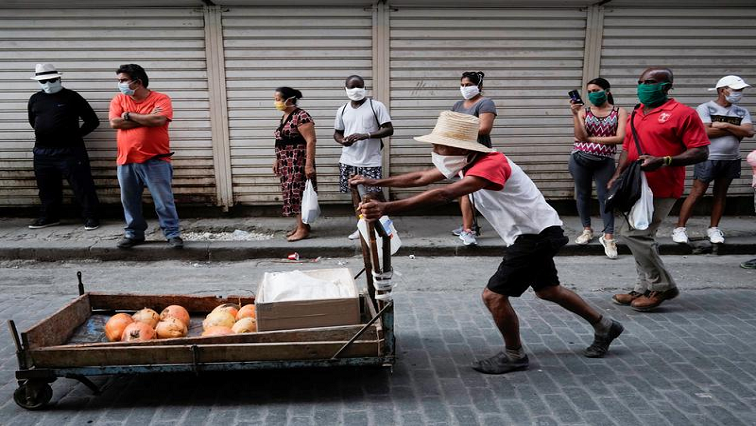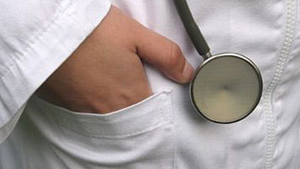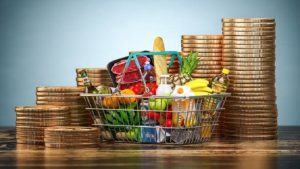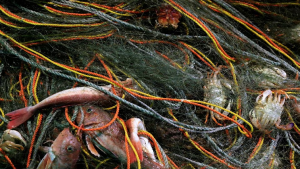Soaring international food prices and low domestic production are further squeezing import-dependent Cuba’s ability to feed its people.
For more than a year, Cubans have formed long lines and braved soaring prices in search of everything from milk, butter, chicken and beans to rice, pasta and cooking oil.
They have scavenged for scant produce at the market and collected dwindling food rations which closely resemble food rations from World War II.
In May, the Communist-run government announced flour availability would be cut 30% through July and said the sugar harvest was short more than 30% at less than a million tonnes for the first time in more than a century, threatening domestic consumption.
Diorgys Hernandez, general director of the food processing ministry, said upon announcing the wheat shortage, among the factors at fault was financial challenges with bringing wheat shipments to the country.
Tough news for consumers who had been purchasing more bread to compensate for less rice, pasta and root vegetables at the dinner table.
“There is concern that there is going to be a bread shortage, and there is concern, not just me but a bunch of people because that is what one eats the most: bread,” Havana retiree and cancer survivor, Clara Diaz Delgado, said as she waited in a food line.
Cuba does not grow wheat due to the subtropical climate, the price of which was $280 per tonne in April, compared with $220 in April 2020.
Cuba will have trouble making up a shortage of sugar as international prices are around 70% higher than a year ago. Adding to the pain, the cost of international container shipping is up as much as 50% over the last year and bulk freight more.
Cuba traditionally imports by sea around 70% of the food it consumes, but tough United States sanctions and the pandemic, which has gutted tourism, have cut deeply into foreign exchange earnings.
The United Nations Food and Agriculture Organisation reported its international food price index was up 30.8% through April over the same month in 2020 and the highest since May 2014.
The Cuban state has a monopoly on foreign trade and purchases around 15% of the food it imports from the US for cash under a 2 000 exception to the trade embargo.
John Kavulich, president of the US-Cuba Trade and Economic Council, which follows the trade, said sales fell 36.6% in 2020 to $163,4 million, compared with 2019. They recovered in the first quarter, reaching $69.6 million, though that represented less food due to higher prices.
For example, a US businessman requesting anonymity and who sells chicken to Cuba, said he shipped drumsticks at 24 cents a pound in January and 48 cents in April.
Kavulich said that global demand, increased prices for product inputs and labour shortages suggest that commodity prices will not decrease soon.
The economy declined 11% in 2020 and according to local economists contracted further during the first trimester of 2021 as a surge in the new coronavirus kept tourism shuttered and much of the country partially locked-down. The government reported that foreign exchange earnings were just 55% of planned levels in 2020, while imports fell between 30% and 40%.
Incoming container traffic was down 20% through April, compared with 2020, according to a source with access to the data and who requested anonymity.
The government has not published data for the notoriously inefficient and rustic agricultural sector since 2019 but scattered provincial and other reports on specific crops and livestock indicate substantial declines for rice, beans, pork, dairy and other Cuban fare.
This was confirmed by a local expert who requested anonymity and said output was down by double digits due to a lack of fuel and imported fertilizer and pesticides.






